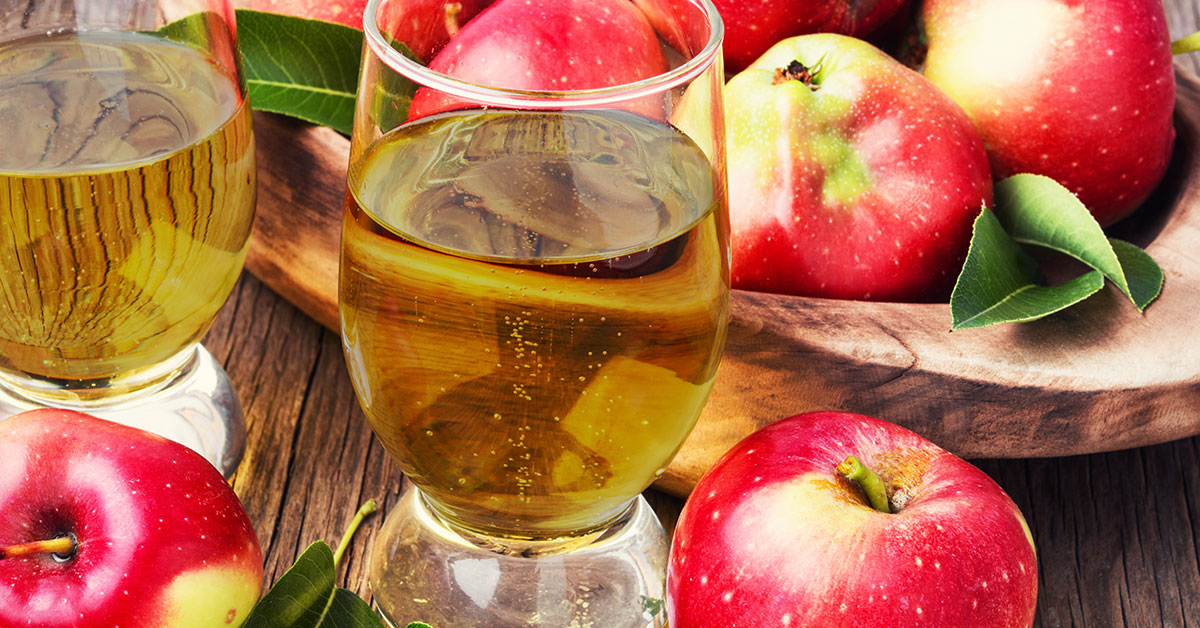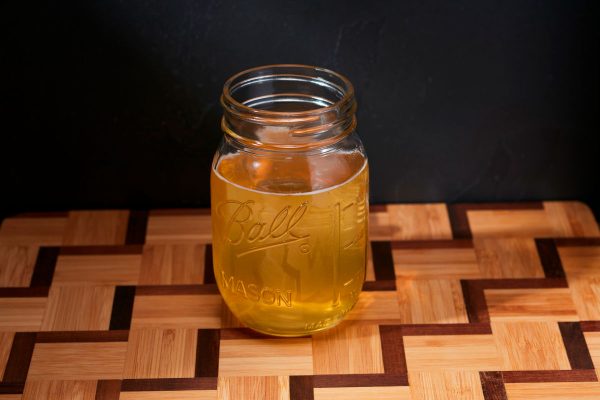
As I was drinking the last bottle of Pilsner I had brewed sans temperature control (see Last Drop in the Mar/Apr 2016 issue of Zymurgy), all was right with my world. Even being banned from a little lager-centric discussion group because of that piece was no biggie until I saw the weather report on Portland’s Channel 12 from perpetually youthful weatherman Andy Carson: heat, heat, and more heat. Darn you, global warming!
I dejectedly realized that we were now in the too-hot-to-brew time of year. Visions of steamy tropical rain forests cascaded through my thoughts. Summer is the best time of year to volunteer at beer festivals—June’s Organic Beerfest, July’s Oregon Brewers Festival, and August’s Vancouver Beerfest—but even with air conditioning, it just gets too darn hot and sticky in my kitchen to brew. I was up brew brook without a mash paddle, truly a victim of circumstance.
I’d bitten my fingernails (and toenails) to the quick worrying how to satisfy my intense jonesing to brew, my need to see airlock bubbles, my essential drive to check carboy temperatures multiple times a day, and the smell of happily fermenting yeast. And the anticipation of tasting the first pour from a new batch. What’s a poor boy to do?
Then it hit me like a bolt out of the blue. I picked myself up off the floor, dusted myself off, and planned a trip to the grocery store. The answer to my dilemma was obvious: cider. No heating involved.
I dreaded processing enough apples to brew a 4-gallon (15-liter) batch, so I devised a recipe using mostly juice with a small amount of apples. I’ve made cider from plain juice in the past: bland, boring cider. Luckily, my grocery store has a nice selection of varietal juices, and I figured that augmenting juice with some apples was the cider equivalent of brewing beer with extract and specialty grains.
 I bought 4 gallons (15 liters) of juice, which is the perfect volume to split into two smaller batches, add different fruit(s), and yield two very different ciders. I don’t drink large quantities at a time, and I really like to have lots of variety.
I bought 4 gallons (15 liters) of juice, which is the perfect volume to split into two smaller batches, add different fruit(s), and yield two very different ciders. I don’t drink large quantities at a time, and I really like to have lots of variety.
I started out by putting 2 of the 4 gallons of juice in the fridge to chill to 34° F (1° C). When I mixed in the other 2 gallons of room-temperature juice, the must settled at a temperature in the low 50s °F (low teens °C), which was perfect for the yeast I planned to use. I pitched said yeast and was off and running (actually a moderate meandering).
I fermented 1.5 gallons (5.7 liters) of Ryan’s honeycrisp blend, 1 gallon (3.8 L) Tree Top honeycrisp juice, 1 gallon (3.8 L) Ryan’s opal blend, and 0.5 gallon (1.9 L) Ryan’s pink lady blend using 2 packs of Fermentis S-189 for 4 weeks at 52 to 54° F (11 to 12° C). I got a got strong sulfur smell during fermentation, the only time I have experienced this with this yeast or from any ciders I have fermented with beer yeast.
After three weeks, I racked 2 gallons (7.6 liters) into a carboy and onto 2.5 pounds (1.13 kg) of room-temperature sour cherries from trees in my front yard. I kept the cider in the low 70s °F (low 20s °C) and bottled it two weeks later. I racked another 1.9 gallons (7.2 L) into a bucket and onto 1.25 pounds (567 g) of large-flake unsweetened coconut, 10 ounces (283 g) of jazz apples, 10 ounces (283 g) of granny smith apples, and 8 grams (0.3 oz.) of lime zest, all at room temperature. I kept this batch in the low 70s °F (low 20s °C) and bottled three weeks later.
I tasted both ciders three weeks after bottling. The cherry cider was slightly less carbonated than I would have preferred, but otherwise, all was right in my world once again.
Steve Ruch lives with is wife of 30 years in Vancouver, WA. Ruch has been a homebrewer since the late ’90s. He also dabbles in writing science fiction.




Share Post